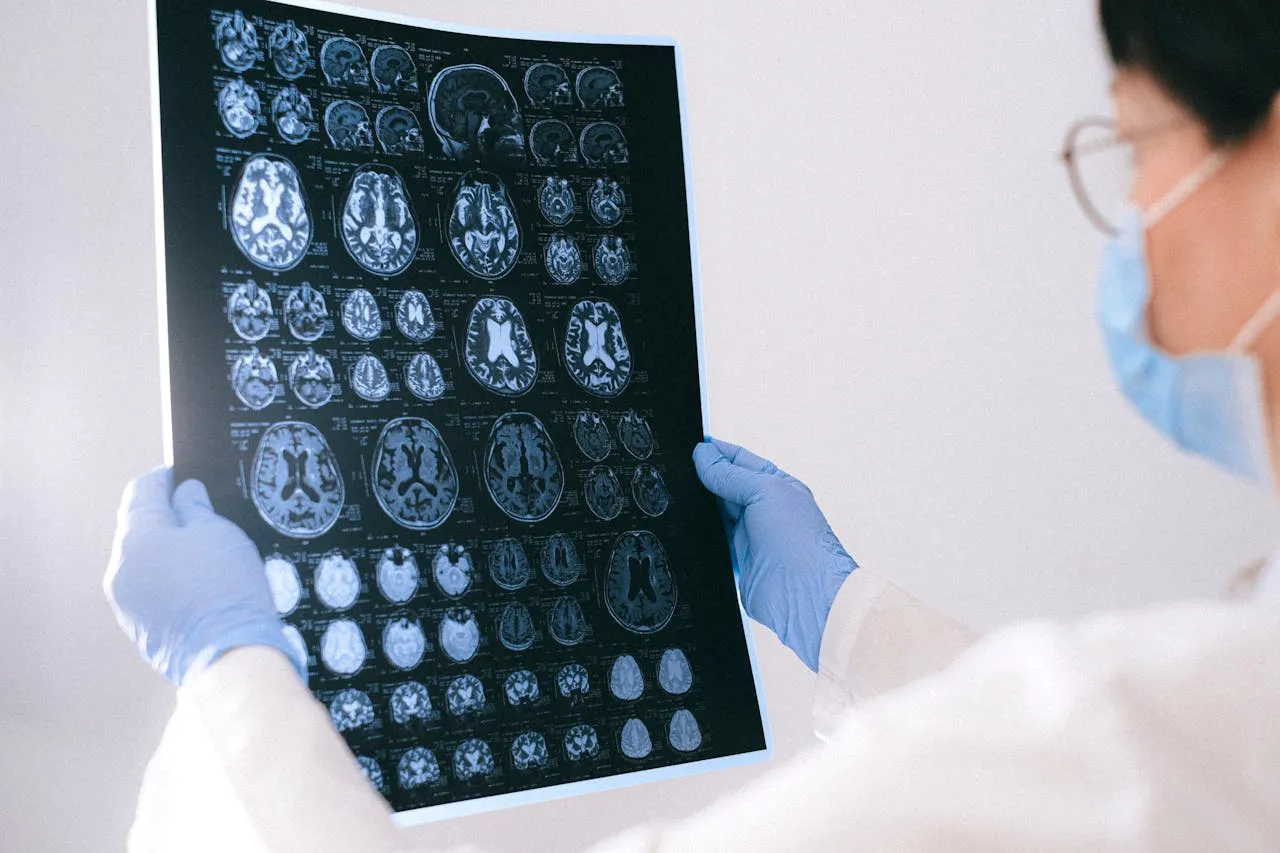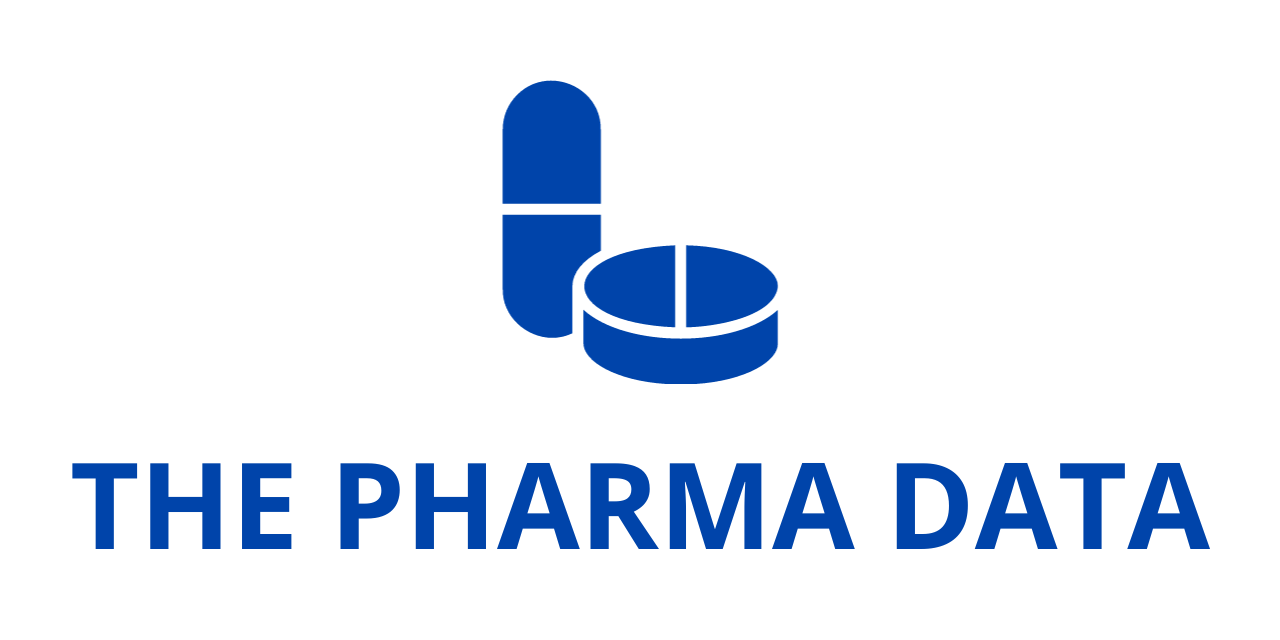
FDA Approves Label Update for Lilly’s Amyvid, Expanding Its Role in Alzheimer’s Disease Diagnosis and Therapy Guidance
In a major development for Alzheimer’s diagnostics, Eli Lilly and Company (NYSE: LLY) announced that the U.S. Food and Drug Administration (FDA) has approved a revised label for Amyvid® (florbetapir F 18 injection), an imaging agent used for detecting amyloid plaque density in the brains of patients undergoing evaluation for Alzheimer’s disease and other cognitive impairments. This label update marks a significant step toward integrating advanced imaging tools into the broader landscape of Alzheimer’s care, particularly in identifying suitable candidates for amyloid-targeting therapies.
Amyvid, a radioactive diagnostic agent administered intravenously, enables positron emission tomography (PET) imaging of the brain to detect amyloid plaques — one of the hallmark pathological features of Alzheimer’s disease. The updated label reflects the evolving role of amyloid imaging in both diagnosis and treatment planning, acknowledging its importance not only in identifying disease presence but also in selecting patients likely to benefit from disease-modifying therapies that target amyloid pathology.
Key Updates to the Amyvid Label
The FDA’s approval introduces several critical enhancements to the product’s label, reinforcing Amyvid’s relevance in the current therapeutic era of Alzheimer’s treatment. These updates include:
- Expanded Use in Therapy Selection: The label now includes a new indication for aiding the selection of patients who may be appropriate candidates for amyloid-targeting therapies, a category of treatments that has gained momentum with recent drug approvals.
- Quantification Support: The revised label allows for quantification of amyloid plaque levels as a complementary tool to visual interpretation of PET scans. This means that physicians can now use quantitative data to strengthen diagnostic accuracy and treatment decision-making.
- Clarification of Clinical Study Evidence: The updated clinical studies section outlines the role of amyloid PET imaging in monitoring treatment response, particularly referencing its use in trials assessing the efficacy of amyloid-targeting therapies. This inclusion aligns Amyvid with the growing number of Alzheimer’s therapeutics that reference amyloid imaging in their own prescribing information.
- Broader Diagnostic Context: The label revision refines guidance on Amyvid’s utility in evaluating patients not only for Alzheimer’s but also for other causes of cognitive decline, enhancing its applicability in complex diagnostic scenarios.
The Role of Amyloid Plaques in Alzheimer’s Disease
Alzheimer’s disease is characterized by the accumulation of beta-amyloid protein plaques in the brain. Amyloid is a naturally occurring protein, but in Alzheimer’s disease, these proteins clump together and form plaques that disrupt cell function. Over time, this accumulation is believed to contribute to the cognitive decline observed in Alzheimer’s patients, including memory loss, confusion, and impaired reasoning.
Amyvid works by binding to amyloid plaques, allowing physicians to detect them using PET scan images. The presence and extent of amyloid plaques can help confirm a diagnosis of Alzheimer’s or, when absent, support ruling it out. This diagnostic precision is vital as newer Alzheimer’s treatments target the amyloid pathway and are often prescribed based on evidence of plaque burden in the brain.
Enhancing Diagnostic Accuracy in Alzheimer’s Care
The updated Amyvid label enables clinicians to more effectively distinguish between Alzheimer’s disease and other forms of cognitive impairment, a diagnostic challenge that can delay appropriate treatment. The inclusion of quantification offers a more objective assessment of amyloid burden, which can help in tracking disease progression or assessing a patient’s baseline prior to initiating amyloid-targeting therapy.
According to Dr. Mark Mintun, Group Vice President of Neuroscience Research & Development at Lilly, the approval reflects both scientific advancement and patient-centered care.
“Nearly 80% of Americans would prefer to know if they have an Alzheimer’s diagnosis before their memory and thinking symptoms disrupt daily life,” said Dr. Mintun. “The modernization of Amyvid’s label is a significant step in advancing Alzheimer’s care, enabling physicians to help patients make informed decisions, being evaluated for or to aid in the selection of patients who are indicated for amyloid-targeting therapy.”
This quote underscores a critical shift in the Alzheimer’s treatment paradigm: earlier and more accurate diagnosis not only benefits patient outcomes but also supports healthcare providers in optimizing therapy.
Diagnostic Implications: Understanding Scan Results
For patients undergoing amyloid PET imaging with Amyvid, scan results can offer valuable insights:
- A negative scan indicates little to no amyloid plaque accumulation, suggesting that Alzheimer’s disease is unlikely to be the cause of the patient’s cognitive symptoms.
- A positive scan, by contrast, reveals moderate to frequent amyloid plaque presence, which is more consistent with Alzheimer’s pathology and could guide further clinical management or treatment initiation.
This imaging technology plays a key role in reducing diagnostic uncertainty — an issue that often frustrates both patients and clinicians during the early stages of cognitive decline.
Amyvid’s Broader Role Amid a Shifting Therapeutic Landscape
Amyvid was initially approved by the FDA in 2012 as one of the first agents designed to detect amyloid plaques in living patients. At the time, its use was primarily restricted to supporting the diagnostic process. However, the emergence of amyloid-targeting therapies, such as monoclonal antibodies that clear amyloid from the brain, has given new purpose to diagnostic imaging tools.
Now, the ability to visually and quantitatively assess amyloid levels is crucial not only for diagnosis but also for patient selection, treatment planning, and therapy monitoring. With several disease-modifying therapies either recently approved or in late-stage development, diagnostic agents like Amyvid are becoming central to the clinical workflow in Alzheimer’s disease.
A Comprehensive Alzheimer’s Care Ecosystem
This FDA-approved label update is part of a broader movement to modernize Alzheimer’s care, which includes advances in blood-based biomarker tests, digital cognitive assessments, and imaging diagnostics. By expanding Amyvid’s capabilities, Lilly is positioning the product to meet the needs of a more personalized, precision-based approach to neurodegenerative disease care.
Furthermore, as healthcare systems prepare to manage increasing numbers of patients at risk for Alzheimer’s — particularly as the population ages — tools like Amyvid offer the potential to streamline diagnosis and facilitate timely treatment intervention.
With this update, Amyvid joins a class of tools increasingly recognized not merely as diagnostic aids, but as strategic assets in the therapeutic management of Alzheimer’s disease.
The FDA’s approval of a label update for Amyvid reflects a crucial alignment between diagnostic innovation and therapeutic advancement in Alzheimer’s disease. By broadening the scope of Amyvid’s use — from supporting diagnosis to guiding therapeutic decisions — the new label affirms the agent’s role in a rapidly evolving clinical ecosystem. As new treatments continue to target the underlying pathology of Alzheimer’s, the need for precise and early detection of amyloid plaques becomes ever more critical.
With Amyvid’s enhanced label, Lilly is reinforcing its leadership in neuroscience and contributing meaningfully to the future of Alzheimer’s care, where timely, evidence-based intervention offers the greatest hope for patients and their families.




